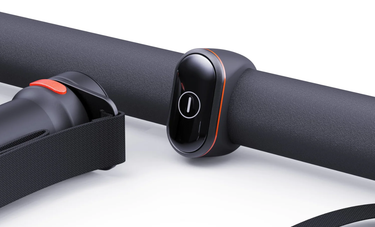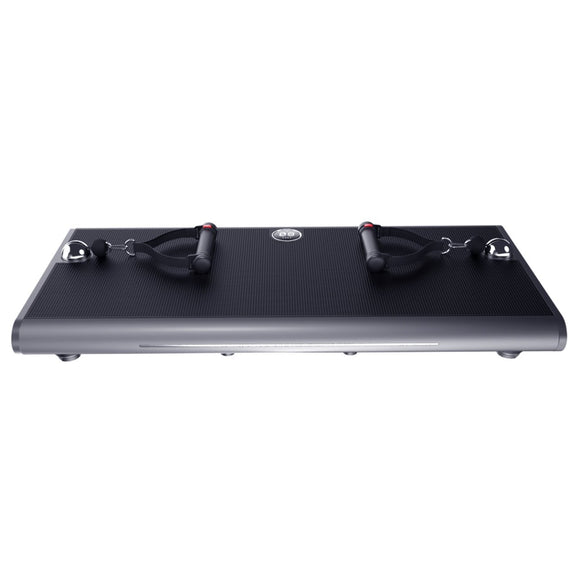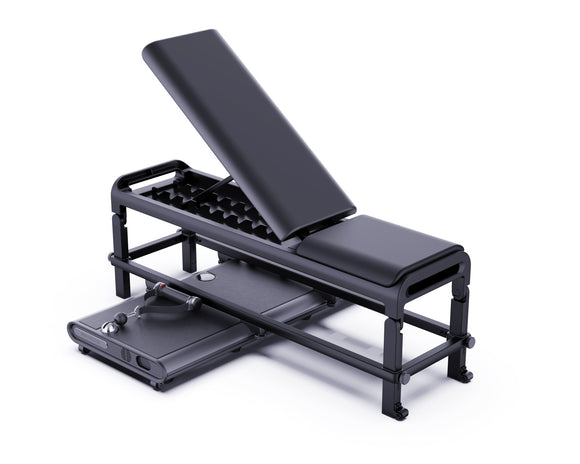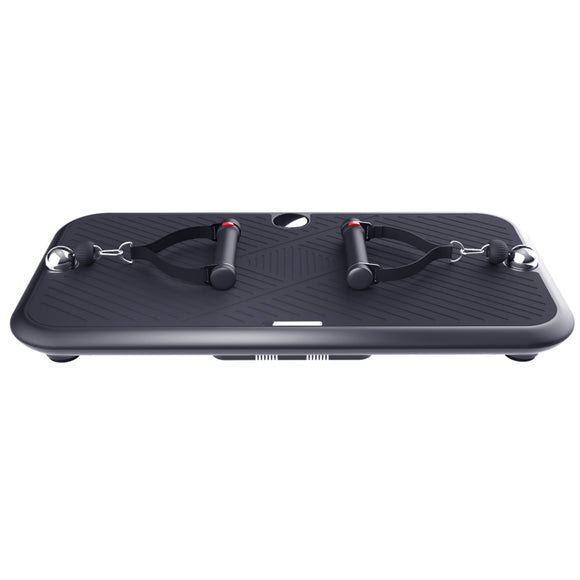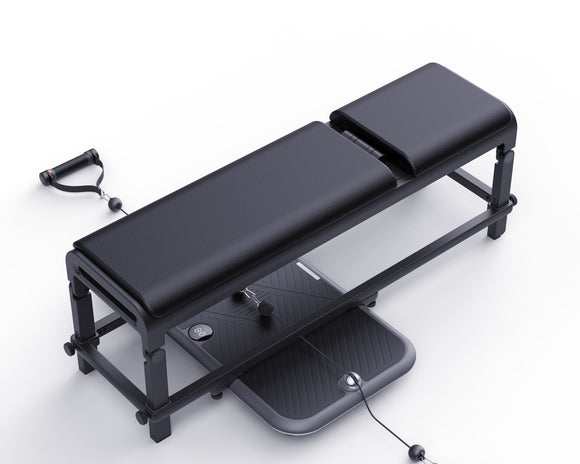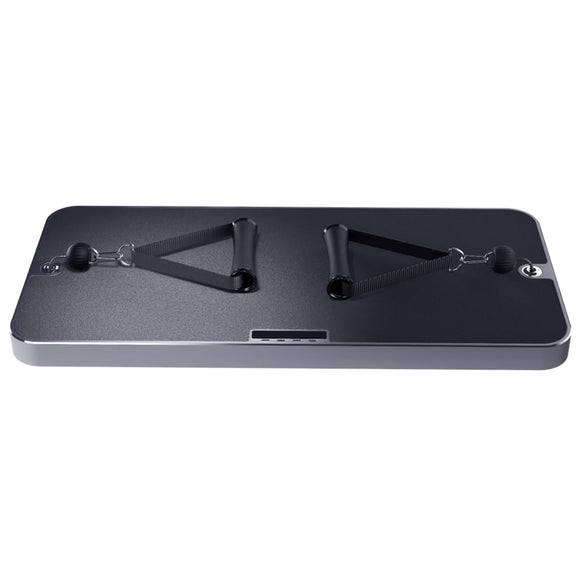How Strong Are You? Understanding Strength and Ways to Measure It
Use this text to share information about your store with your customers. Describe a product, share announcements, or welcome customers to your store.
Strength is more than just lifting heavy weights; it’s a measure of how well your body can perform functional movements, resist injury, and endure physical challenges. Whether you’re new to fitness or an experienced athlete, understanding what “strong” means and how to measure your strength can help you track progress and achieve your fitness goals.
Types of Strength
-
Maximal Strength
Maximal strength is the maximum force your muscles can exert in a single effort, like lifting a heavy barbell. It’s often measured by exercises like the bench press, squat, or deadlift, which target major muscle groups. -
Explosive Strength
This refers to your ability to exert force quickly. It’s essential for sports and activities that require sudden movements, such as sprinting or jumping. Exercises like box jumps and power cleans are good indicators of explosive strength. -
Endurance Strength
Endurance strength is your muscles’ ability to sustain activity over time without fatigue. Activities like long-distance running, high-repetition weightlifting, or even cycling test this form of strength. -
Relative Strength
Relative strength is the amount of strength you have compared to your body weight. Gymnastic moves, pull-ups, and bodyweight exercises are excellent ways to assess relative strength, as they emphasize how well you can control your own body.
How to Measure Your Strength
To assess your overall strength, try a combination of tests. For maximal strength, test your one-rep max on major lifts (with proper form and guidance). For endurance strength, perform as many reps as possible with a moderate weight, and for explosive strength, try box jumps or timed sprints. Relative strength can be measured by exercises like pull-ups or push-ups relative to your body weight.
Why Strength Matters
Strength is the foundation of a healthy and resilient body. Improving strength enhances your ability to perform everyday tasks, reduces the risk of injury, and boosts metabolic rate. It’s also closely linked to mental toughness, as strength training often requires discipline and persistence.
In your fitness journey, aim to build a well-rounded strength profile by incorporating exercises that address all types of strength. Whether you're lifting weights, doing bodyweight exercises, or training for endurance, understanding your strength level can help you achieve a balanced, healthier physique.





